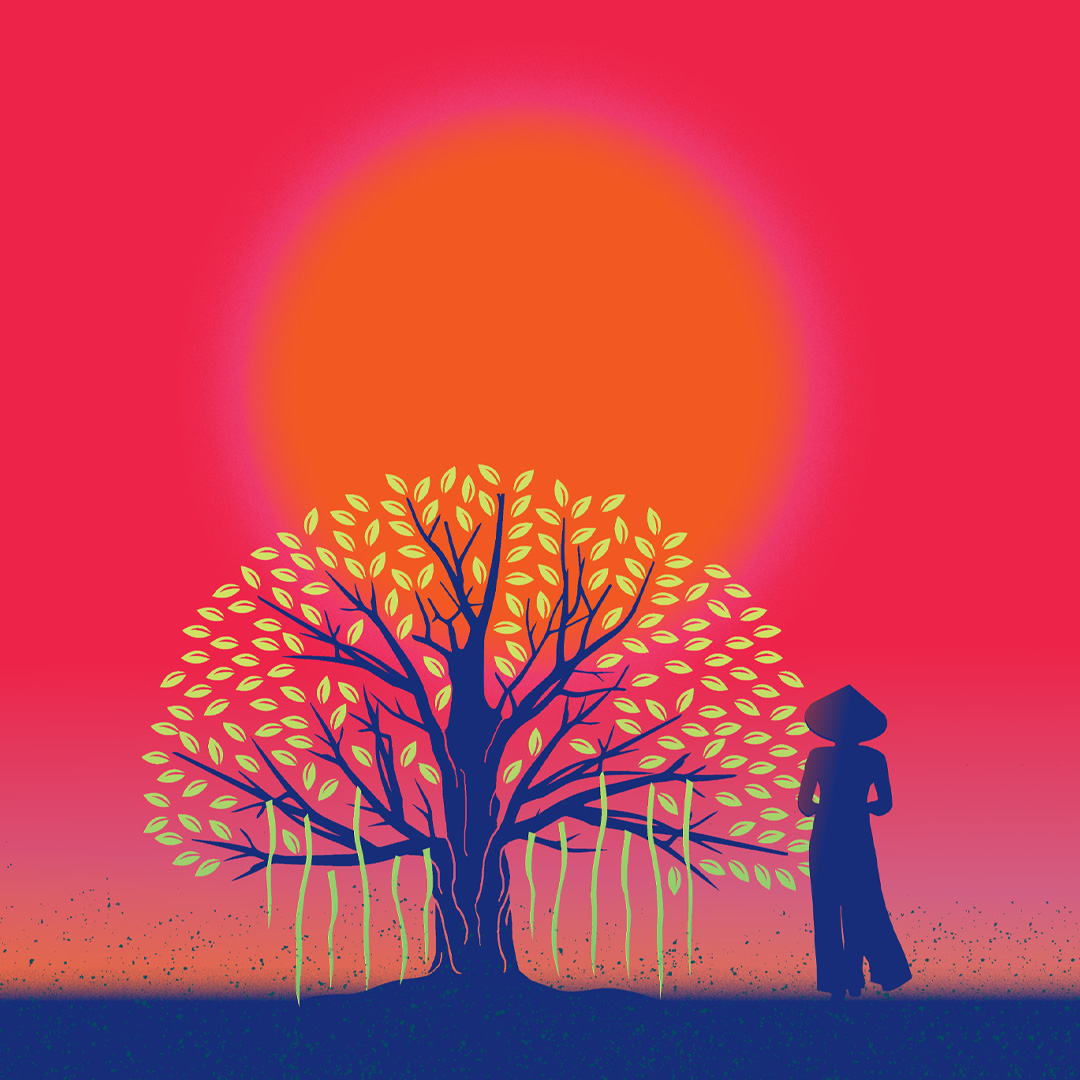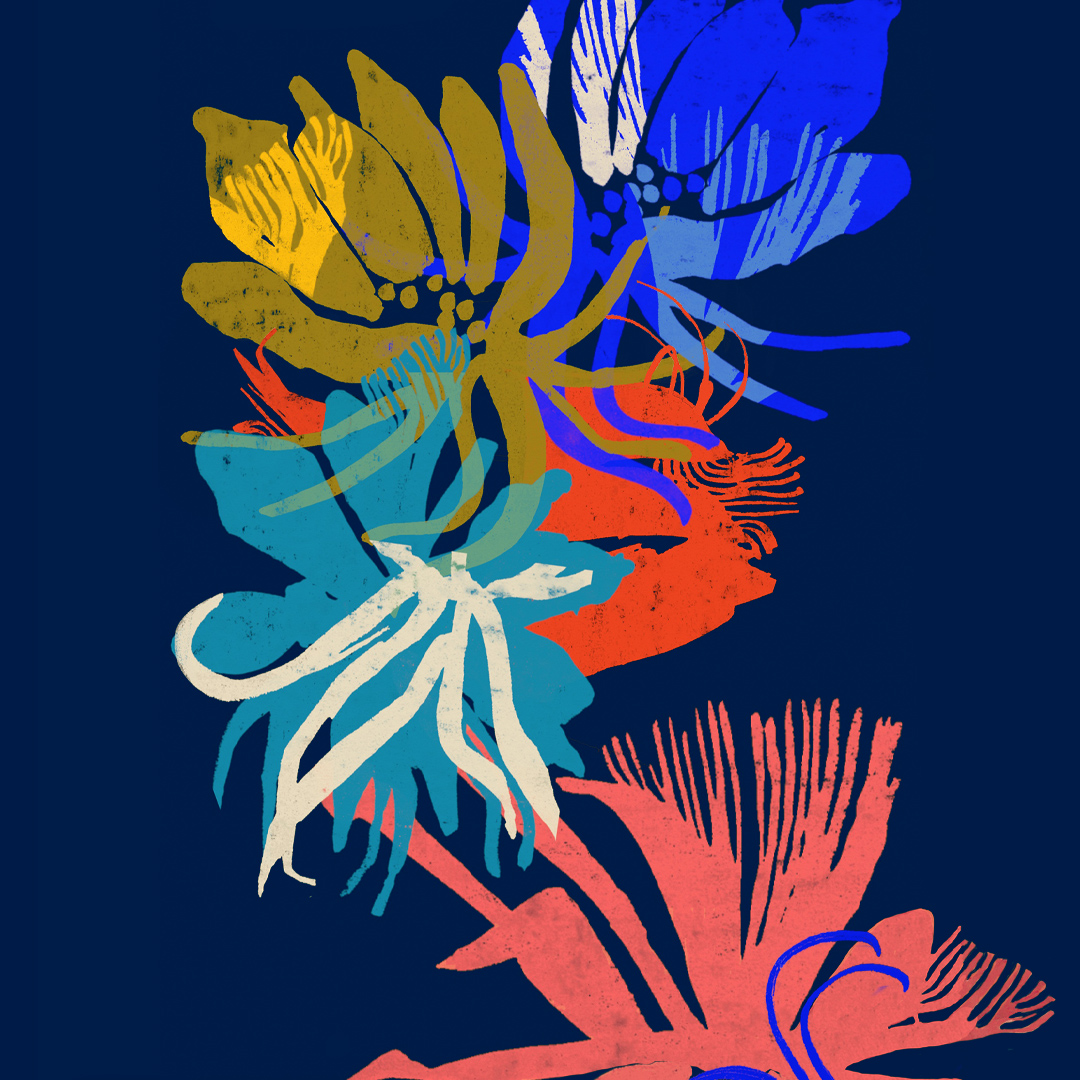Archie’s Ghost: An Essay by Felicity McLean
Felicity McLean has delved into her own past as a young girl living in the suburbs of Sydney, Australia, as well as her great-grandfather’s, for inspiration when writing the compelling and haunting novel, The Van Apfel Girls Are Gone. Read her essay exploring the idea that the past travels with us, and how that was an integral part of writing her debut novel.
• • •
When my great-grandfather, Archibald Douglas Hume, was in his forties he went to a party where the entertainment for the evening was a clairvoyant. The year was 1914 and the world was hurtling irrevocably, drunkenly toward the First World War. In Greenwich, North Sydney, however, my great-grandfather Archibald spent the evening sidestepping the clairvoyant.
It just wasn’t done, in Archie’s book. Sticking your nose into things better left unknown.
Not that Archie had any reason to fear the future, if his experience so far was anything to go by. Archie’s life was a good one. He had a secure job as a clerk. He was happily married. He had three teenage children, the eldest of
whom was my grandma Gwen. In fact, the only tragedy to mar Archie’s life was the loss of his first child, a son, who died when his neck was snapped during childbirth. But that had been sixteen years ago, and Archie was learning to live with the loss.
As the party wound down and Archie got ready to go home that night, the clairvoyant, done with palm reading and prophesizing and peering at pulpy tea leaves, cornered Archie by the door. Did he know, the clairvoyant asked, that wherever Archie went at the party that night a young man followed him? My great-grandfather glanced behind in confusion. A young man? Following him? Was the clairvoyant suggesting there was a spy at the party? Surely Archie would have noticed if there was a stranger tailing him. Not if you can’t see him, the clairvoyant said. And she waved to a point just over Archie’s shoulder.
It was only when Archie got away from the din of the party that it occurred to him. A young man. Not quite enlistment age, the clairvoyant had said. A presence that followed him everywhere. Was it possible that it was Archie’s beautiful baby boy, who had died sixteen years ago? Were Archie’s ghosts growing older with him?
The idea that the past travels with us is central to The Van Apfel Girls Are Gone. The novel is a bildungsroman of sorts, as eleven-year-old narrator Tikka Malloy recounts the sweltering summer her three friends disappeared. Hannah, Cordelia, and Ruth Van Apfel vanished during their school’s Showstopper concert by the river, and the circumstances around their disappearance weren’t fully understood. Fast-forward twenty years and Tikka is back home again, no less obsessed with the mystery of the Van Apfel sisters.
For instance, Tikka sees Cordie in the faces of women who walk past. One rainy weekday Cordie is there, sashaying down North Avenue in Baltimore, making her wet way to the Metro station. She materializes at the supermarket checkout. She surfaces in the lane next to Tikka at the pool, her stroke inefficient but beautiful to watch. The only thing is: the Cordie whom Tikka sees is not the child who disappeared in 1992. This Cordelia is a grown woman who has aged in tandem with Tikka. A beguiling specter, reappeared from nowhere.
Just as Tikka travels with her ghosts throughout her life, as a writer I find I carry my “hauntings” with me. The fictional valley in my novel, for example, is geographically similar to the valley in which I grew up. Both are fringe suburbs on the outskirts of Sydney, Australia, surrounded by encroaching bushland. And while my hometown doesn’t have an eerie, unexplained stench that’s only mitigated after three virgins vanish there, the setting for my story was nonetheless informed by my own experiences, and in ways I’m only just beginning to understand.
During the writing of The Van Apfel Girls Are Gone I often visited my parents’ place, high on the western ridgeline overlooking the valley of my childhood. And yet I found I didn’t need to be there to conjure up that landscape. The smells, the colors, the changes in the air—things I didn’t even realize I knew, and that I know only on some intrinsic, subliminal level—had all been absorbed as if by osmosis, passing across the filmy membrane of my memory before setting up camp undetected. Just like Archie with his invisible son, these hauntings aren’t things I can necessarily see, but they’re things I carry around with me all the same. Things that have become part of me.
 On a much more prosaic level, however, a childhood spent adventuring in the bush meant I knew that Tikka could safely suck nectar from the pink heath flowers in the valley, because I’d done that a thousand times myself and I hadn’t carked it yet. Similarly, as soon as I slipped into Tikka’s shoes I knew she should first check them for signs of deadly redback spiders, and then watch each footfall carefully for red-bellied black snakes during the warmer part of the day. (The worst, though, are the funnel-web spiders, which can lurk for hours undetected on the bottom of a swimming pool, but then their bite can knock you dead in a matter of minutes.)
On a much more prosaic level, however, a childhood spent adventuring in the bush meant I knew that Tikka could safely suck nectar from the pink heath flowers in the valley, because I’d done that a thousand times myself and I hadn’t carked it yet. Similarly, as soon as I slipped into Tikka’s shoes I knew she should first check them for signs of deadly redback spiders, and then watch each footfall carefully for red-bellied black snakes during the warmer part of the day. (The worst, though, are the funnel-web spiders, which can lurk for hours undetected on the bottom of a swimming pool, but then their bite can knock you dead in a matter of minutes.)
In short, I knew the valley was teeming with potential perils for the Van Apfel girls. The trope of the lost child exists in Australian literature with good reason.
Which brings us neatly to the notion of literary hauntings, and there were plenty of these hovering at my shoulder while I wrote. Jeffrey Eugenides’ dreamy The Virgin Suicides. The iconic Australian novel Picnic at Hanging Rock (in which a group of girls and a teacher from their Victorian-era boarding school vanish in the bush, and their disappearance is never resolved). Early readers even suggested that my precocious protagonist, Tikka, has a touch of To Kill a Mockingbird’s Scout about her. These are all books that I read, if not for the first time, then with greater appreciation during my years at university. I got my degrees at Sydney University, where I crossed the quad each day under the gaze of a (seemingly antithetical) kangaroo gargoyle. The kangaroo was made of sandstone excavated from Sydney Basin quarries. His wide-eyed stare, evidence of an apparent coke binge, was chiseled into immortality. How that kangaroo, a bizarrely goth version of a quintessentially Australian image, lay dormant in my memory before manifesting itself in the form of The Van Apfel Girls is still a mystery to me.
And yet my novel was very much born of the idea of writing an Australian gothic novel. The concept of gothic literature seems so at odds with our sparkling sunshine, our blisteringly blue skies. But perhaps all this sunlight serves to heighten the shadows. Isn’t the nightmare worse if it unfolds during the day?
Ultimately, what I wanted to create with The Van Apfel Girls Are Gone was an inexplicable mystery. A story that’s unforgettable for what it doesn’t reveal. Ask any self-respecting Alfred Hitchcock fan and they’ll tell you that the deliciousness of his films—the delight—lies in that moment of anticipation. The sharp intake of breath. That sliver between knowing and not knowing.
My great-grandfather Archie understood this, with his aversion to clairvoyance. To some questions, there are no clear answers, and sometimes, it’s better that way.
• • •
Read more about The Van Apfel Girls Are Gone.




